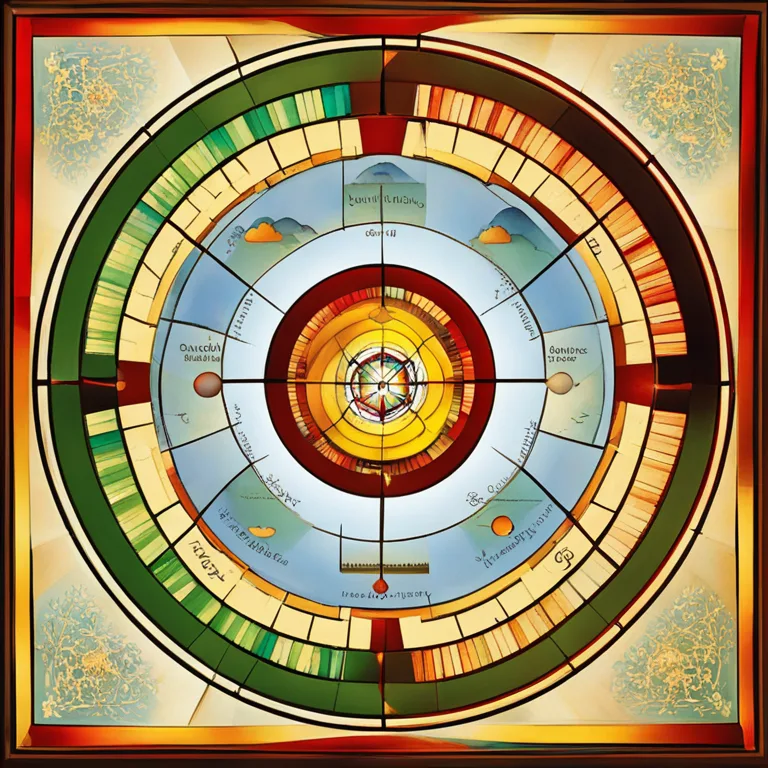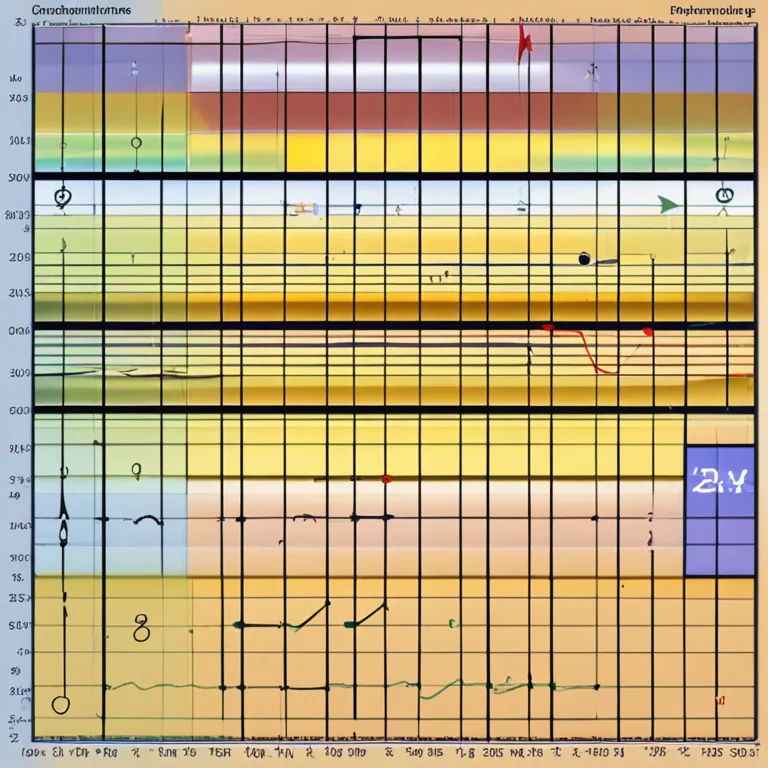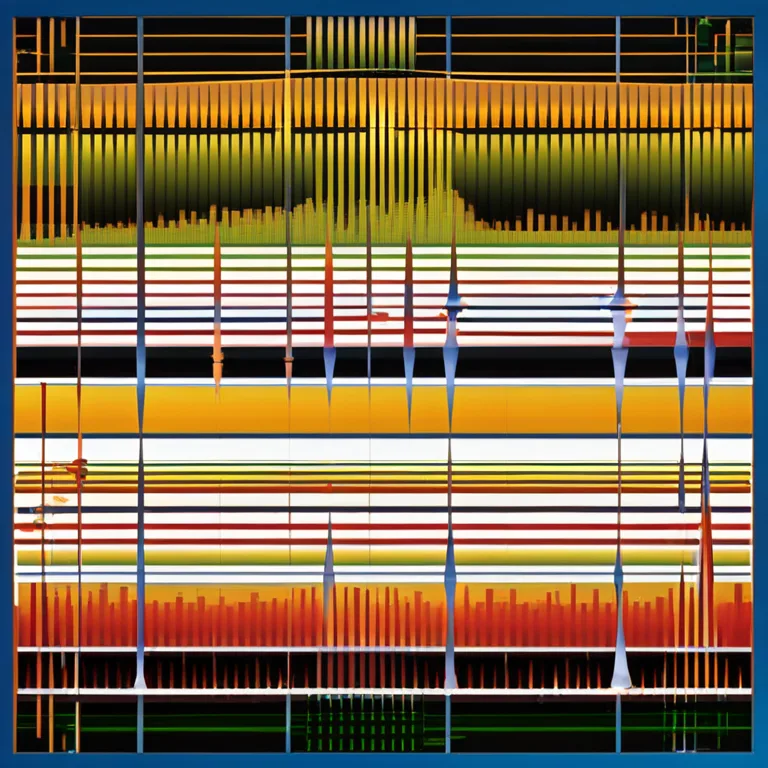
Calculating Biorhythms: A Guide to Personal Cycles
Discover the method of calculating biorhythms to understand your personal physical, emotional, and intellectual cycles in this comprehensive guide.
article by Adrian Wallace
Introduction to Biorhythms
Biorhythms are a concept that suggests our daily lives are influenced by rhythmic biological cycles. This theory posits that from the moment of birth, three primary cycles affect our physical, emotional, and intellectual abilities. These cycles are known as the Physical, Emotional, and Intellectual rhythms, each with varying durations: 23 days, 28 days, and 33 days, respectively. The science of biorhythms is a blend of mathematics and biology, providing individuals with a unique personal calendar of ups and downs that can impact decision-making, performance, and well-being.

The Three Core Cycles
The Physical cycle, with a period of 23 days, influences vitality, strength, and overall health. The Emotional cycle, lasting 28 days, affects mood, creativity, and sensitivity. Lastly, the Intellectual cycle, spanning 33 days, dictates cognitive functions, alertness, and logical reasoning. Biorhythms are calculated using mathematical formulas that track these cycles from one's date of birth, offering insights into periods of high performance and potential times of caution when one cycle or another is at a low point.

Starting Point: Birth Date
The foundation of biorhythmic calculation is an individual's birth date. This date is the starting point from which the cycles begin to oscillate. Each cycle swings from a high period (positive phase), through a balanced day (zero point), to a low period (negative phase), and back again. To calculate these cycles, we assess the number of days since birth and use specific formulas to determine the position within each cycle.

Math Behind the Cycles
Biorhythms are calculated using sinewave functions based on the theory that our biological systems cycle in predictable patterns. For a given day "X" since birth, the physical cycle (P), emotional cycle (E), and intellectual cycle (I) can be represented mathematically as P = sin(2πX/23), E = sin(2πX/28), and I = sin(2πX/33), respectively. These equations yield values between -1 and 1, where 1 represents the peak, 0 represents the transition points, and -1 represents the trough of a cycle.

Interpreting Biorhythmic Data
Once the calculations are complete, the resulting sinusoidal graphs represent the ups and downs of an individual's biorhythms. For practical uses, biorhythms can be interpreted to plan for demanding activities, engage in social events, or avoid critical tasks, depending on the high and low points of these cycles. For example, a day where all three cycles are positive might be ideal for challenging endeavors, whereas a triple low might suggest taking extra caution or rest.
Biorhythms in Modern Times
In the digital age of 2024 and beyond, biorhythms have been incorporated into various platforms and applications, allowing individuals to track their cycles with ease. With advances in technology, biorhythmic calculations have become more precise, and interpretations of these cycles can be tailored to include other life factors, offering a holistic overview of an individual's potential at any point in time.
Final Thoughts
While the scientific community remains divided on the empirical validity of biorhythms, many individuals find the concept intriguing and useful for personal awareness. Calculating one's biorhythms can be a fun and enlightening exercise to explore potential natural rhythms within our bodies' functions. As with any belief system, incorporating such knowledge should be done with discernment and balanced with personal intuition and experience.
Published: 12/28/2023
Modified: 12/28/2023
More predictions
Come back here soon to learn more about yourself and your future


The Reality Of Biorhythm Compatibility
Unravel the truth behind biorhythm compatibility and its role in personal relationships and daily life.


Biorhythms In Humans Explored
Exploring the concept of biorhythms and their influence on human behavior and physical states.


Biorhythm Theory: Fact Or Fallacy?
Explore the fascinating concept of biorhythms to discern if there's any scientific accuracy behind this popular belief.